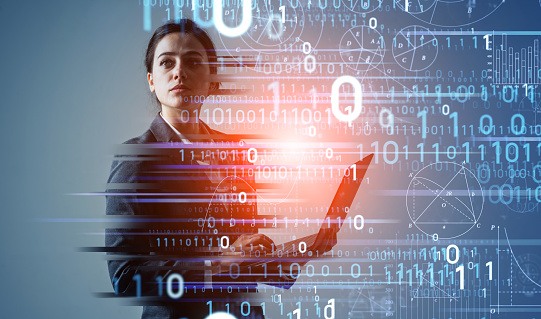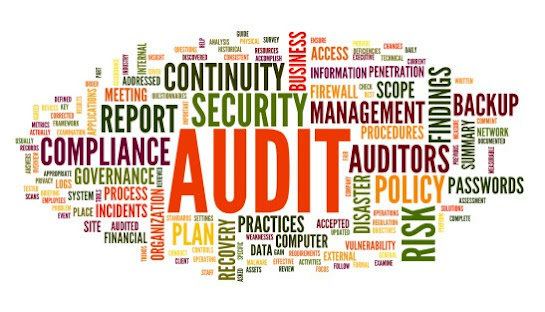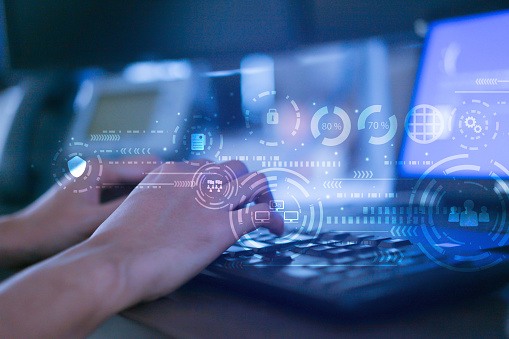Classes of money laundering offenses

Very serious offenses According to article 51 of Law 10/2010, of April 28, on the prevention of BC / FT, the following behaviors will be considered very serious offenses: 1. Breach of the duty to notify SEPBLAC (in accordance with article 18 of the aforementioned Law) when any manager or employee of the obligated subject has internally revealed the existence of indications or the certainty that an event or operation was related to the BC / FT (existence of suspicious operations). 2. Breach of the collaboration obligation (according to article 21 of the aforementioned Law) when there is a written request from the Commission for the Prevention of Money Laundering and Monetary Offenses. 3. Breach of the prohibition of disclosure (in accordance with article 24 of the aforementioned Law...











